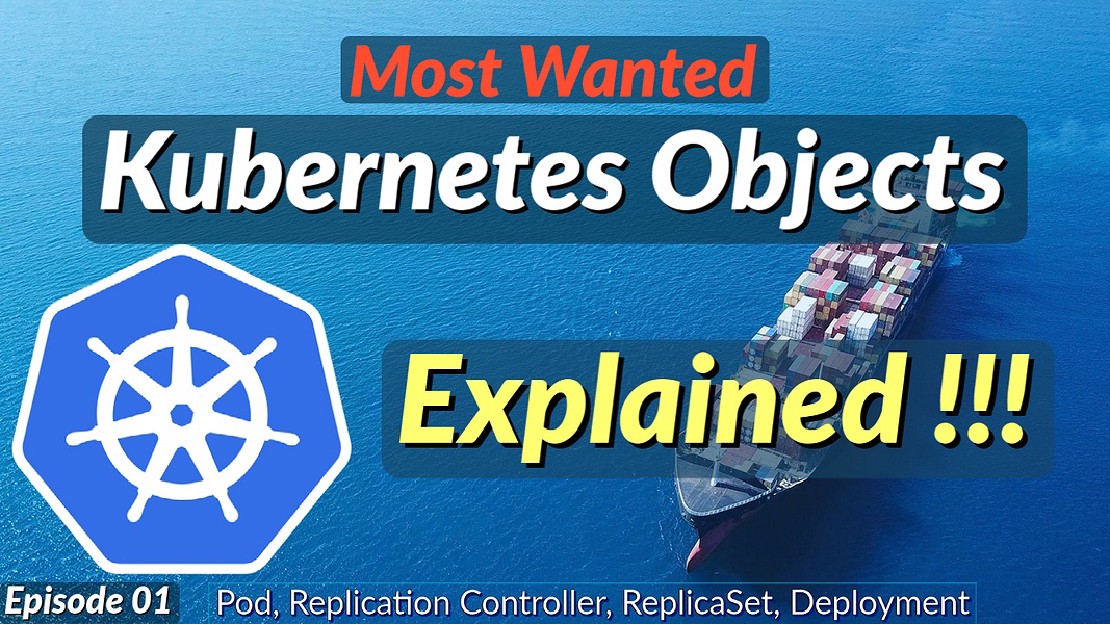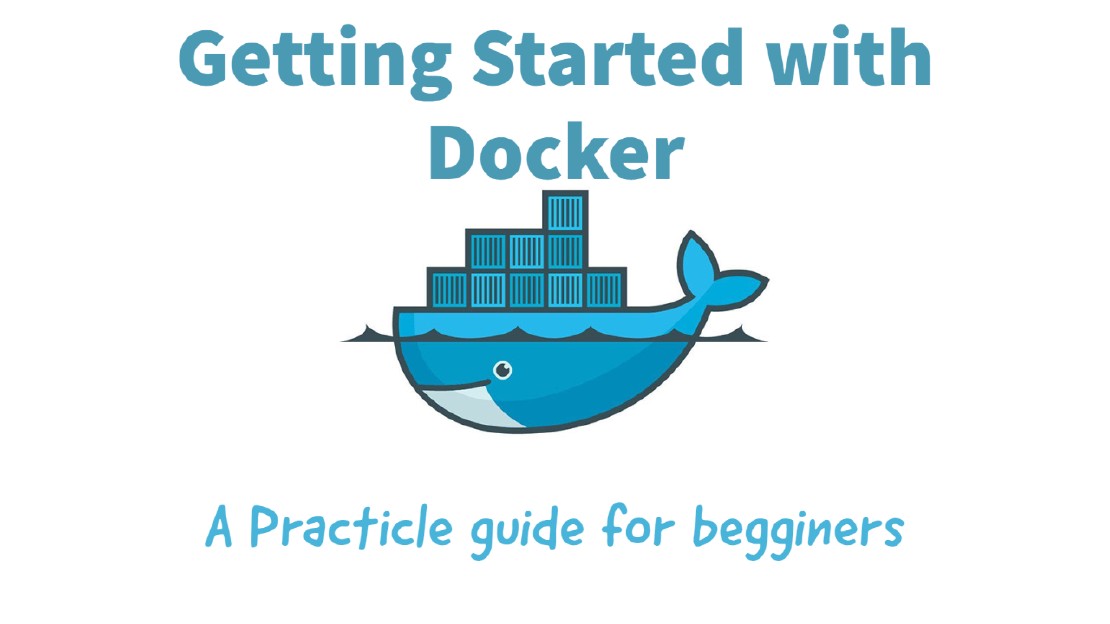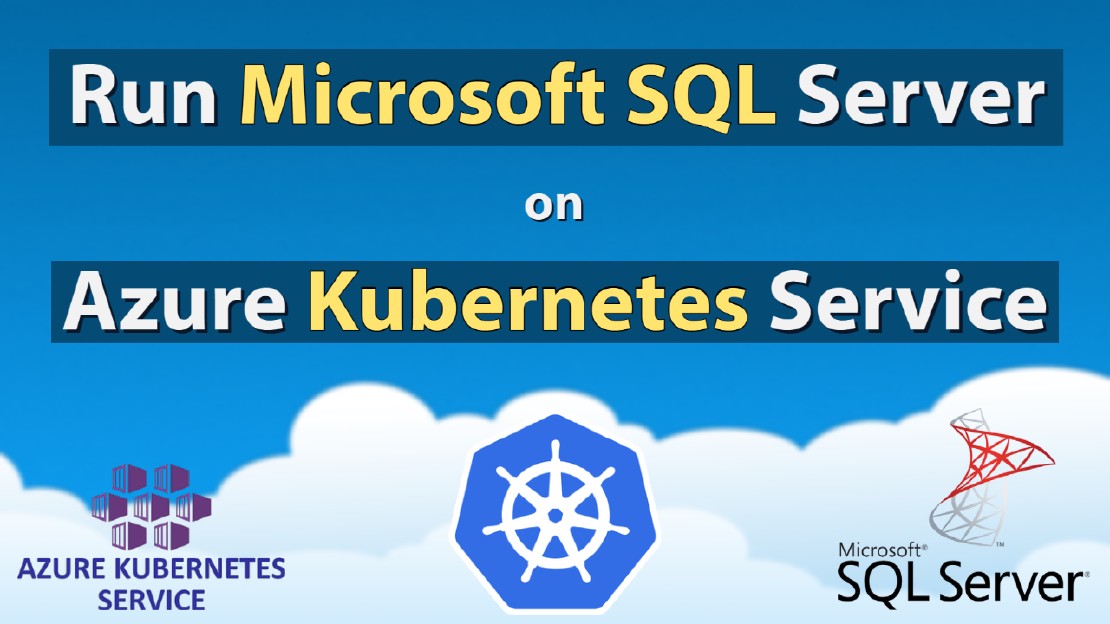Most Wanted Kubernetes Objects Explained - Episode 01
Kubernetes is now becoming a new kid in town. Now, Kubernetes is in action, because its easy to deploy scale and manage thousands of containerized applications more quicker. Now, most of cloud providers such as AWS, Azure , and Google privde managed kubernetes services run our deployments. This article would helps anyone who steping into the kubernetes world. This will also would helpful for someone who getting ready for Certified Kubernetes Administrator exam. Now, I’ll explain main kubernetes component you need to know.
Kubernetes Pods
A Pod is the fundamental building block in the Kubernetes. Usually, a pod runs only a single container. But there are some instances you need to run more than one container in the pod. Such as init containers and internal containers.
- This example defines pod manifest for single containers
---
# Digital Avenue Pod Definition File
kind: Pod
apiVersion: v1
metadata:
name: nginx-app
labels:
app: nginx
spec:
containers:
- name: nginx-app
image: nginx
- This example defines pod manifest with “InitContainers.”
---
# Digital Avenue Pod Definition File
kind: Pod
apiVersion: v1
metadata:
name: nginx-app
labels:
app: nginx
spec:
containers:
- name: nginx-app
image: nginx
volumeMounts:
- mountPath: "/etc/nginx"
name: nginx-pv-claim
initContainers:
- name: volume-mount-data-log
image: busybox
imagePullPolicy: IfNotPresent
command: ["sh", "-c", "chown -R 101:101 /etc/nginx"]
volumeMounts:
- mountPath: "/etc/nginx"
name: nginx-pv-claim
The above configuration shows the Nginx container with a busy-box init container. In here, the busybox container start first and making sure correct permission “UID”:101 and “GID”:101 in the “/etc/nginx” persistent volume. Then spin up the nginx container secondly.
Kubernetes Replication Controller
If you deploy only a pod, It is not possible to scale and replicate. Once you delete it, it’s gone. Replication controllers maintain a minimum number of pods that are always running. To do this, we need to have an object called “ReplicationController”. However, Now Kubernetes has introduced a new object called “ReplicaSet” as a replacement for “ReplicationController.”
# Digital Avenue Replication Controller Definition File
apiVersion: v1
kind: ReplicationController
metadata:
name: nginx
spec:
replicas: 3
selector:
app: nginx
template:
metadata:
name: nginx
labels:
app: nginx
spec:
containers:
- name: nginx-app
image: nginx
In the above Kubernetes manifest, The replicas determine the number of pods that would run at their desired state. Replication Controllers scales pods by searching on the pod labels. “Selector” labels use to match the pod labels exactly.
Kubernetes Replica Sets
Replica Sets are the new replacement for the Replication Controllers. Unlike the Replication Controllers, The ReplicaSets can use set-based search notations to group pods rather than a named Key: Value pair based match. You will get more control and more dynamic selector options to use ReplicaSet.
# Digital Avenue ReplicaSet Definition File
apiVersion: extensions/v1beta1
kind: ReplicaSet
metadata:
name: nginx
spec:
replicas: 3
selector:
matchLabels:
app: nginx
environment: dev
template:
metadata:
name: nginx
labels:
app: nginx
environment: dev
spec:
containers:
- name: nginx-app
image: nginx
Or like this…
# Digital Avenue ReplicaSet Definition File
apiVersion: extensions/v1beta1
kind: ReplicaSet
metadata:
name: nginx
spec:
replicas: 3
selector:
matchExpressions:
- {key: app, operator: In, values: [nginx]}
- {key: environment, operator: NotIn, values: [production]}
template:
metadata:
name: nginx
labels:
app: nginx
environment: dev
spec:
containers:
- name: nginx-app
image: nginx
Kubernetes Deployments
Deployment manifest is the most recommended and primarily used method to deploy Kubernetes pods. Deployment manifest replaces “Replication Controllers”. Deployment is the most powerful Kubernetes object since It’s possible to roll out and roll back changes/deployments.
You can use deployments when…
You require scaling and self-healing of your pods
If you are running stateless applications that are don’t required to store persistently on a disk, such as applications connected with back-end services and databases.
# Digital Avenue Deployment Definition File
apiVersion: apps/v1
kind: Deployment
metadata:
name: nginx
spec:
replicas: 3
selector:
matchLabels:
app: nginx
environment: dev
template:
metadata:
name: nginx
labels:
app: nginx
environment: dev
spec:
containers:
- name: nginx-app
image: nginx
Deployment manifest also performs the same task as ReplicaSet. Deployments manage pods employing a ReplicaSet. The “Deployment” manifest pretty much slimmer to “ReplicaSet”. The only difference is the only object type.
Scaling Deployments
Scaling Deployment can be performed in declarative and imperative ways. Which means you can modify the replica section of the manifest file and run it.
"kubectl apply -f <manifest file>"
Or else, Run this command imperatively.
"kubectl scale deployment nginx-deployment --replicas=10"
But, modifying the manifest file is the most recommended way.
AutScaling Deployments
Kubernetes cloud auto-scale the deployment if the pod exceed the defined threshold. To perform this, Kubernetes uses the object called “HorizontalPodAutoScaler”. This object checks the pod metrics, and if it breaches a defined threshold, It spins up a new pod to maintain the load. So, you need to specify the minimum and the maximum number of pods.
Horizontal Pod AutoScaler
The Horizontal Pod AutoScaler ensures your Kubernetes deployment ca scale based on pre-defined metrics horizontally. Kubernetes also can manage the creation and deletion of pods based on metrics.
You can do this either using “kubectl” or using “HorizontalPodScaler” manifest file.
First of all, we need to modify our deployment manifest to apply a resource limit to the pods.
# Digital Avenue Deployment Definition File
apiVersion: apps/v1
kind: Deployment
metadata:
name: nginx
spec:
replicas: 3
selector:
matchLabels:
app: nginx
environment: dev
template:
metadata:
name: nginx
labels:
app: nginx
environment: dev
spec:
containers:
- name: nginx-app
image: nginx
resources:
limits:
cpu: 500m
requests:
cpu: 200m
This configuration ensures the nginx container limit up-to 500 milicore of the worker node.
Using “HorizontalPodAutoScaler”
You can auto-scale pods using more advanced metrics and custom metrics such as network utilization.
# Digital Avenue HorizontalPodAutoscaler Definition File
apiVersion: autoscaling/v2beta2
kind: HorizontalPodAutoscaler
metadata:
name: nginx
namespace: default
spec:
scaleTargetRef:
apiVersion: apps/v1
kind: Deployment
name: nginx
minReplicas: 1
maxReplicas: 10
metrics:
- type: Resource
resource:
name: cpu
target:
type: Utilization
averageUtilization: 50
- type: Pods
pods:
metric:
name: packets-per-second
target:
type: AverageValue
averageValue: 1k
- type: Object
object:
metric:
name: requests-per-second
describedObject:
apiVersion: networking.k8s.io/v1beta1
kind: Ingress
name: main-route
target:
type: Value
value: 10k
According to the above manifest, you can see there are three kinds of metrics.
- Resource Metrics: CPU, Memory
- Pod Level Metrics: Metrics such as “Packet-Per-Second” and other network traffic within the pod
- Object Level Metrics: Metrics such as “Requests-Per-Second” and other network traffic in other Kubernetes objects such as Ingress Controllers.
Managing Stateful Applications
So far, We were discussing stateless applications. How are We going to take care of our Stateful applications that need to persist their data on a disk even after a reboot? Imagine a front-end application that has a database.
Kubernetes offers many kinds of objects to manage Stateful applications using “StatefulSet”, “StorageClass”, “PersistentVolumeClaim” and “PersistentVolumes”
We will discus other most commonly used Kubernetes object in the next episode.
Deploy Production Grade Kubernetes Cluster on Azure AKS
Introduction This tutorial is intended to demonstrate how to setup your 1st Kubernetes cluster on Azure Kubernetes Services (AKS). This tutorial will cover up all the steps that you need to setup complete AKS cluster.
Getting Started With Docker - Quick Start Guide
Getting Started With Docker - Quick Start Guide Docker Engine Platform as a Service (PaaS) Cloud platform service. Allows you to manage its application and data.
How To Run Microsoft SQL Server On Kubernetes - Azure Kubernetes Service
Prerequisites: Azure CLI https://docs.microsoft.com/en-us/cli/azure/install-azure-cli 1. Run the Azure CLI with the az command. 1.1 Run the login command. az login Login in the browser with the azure account.


